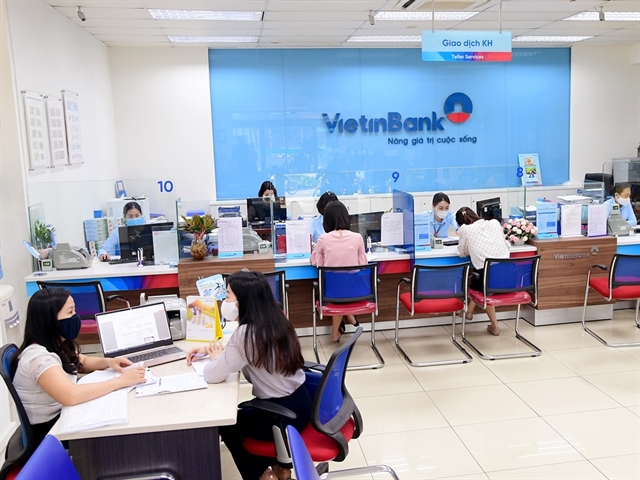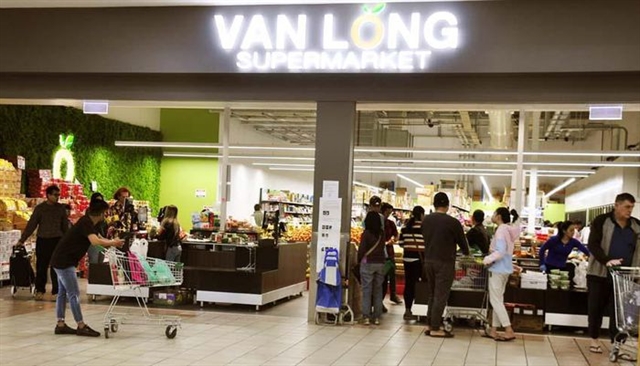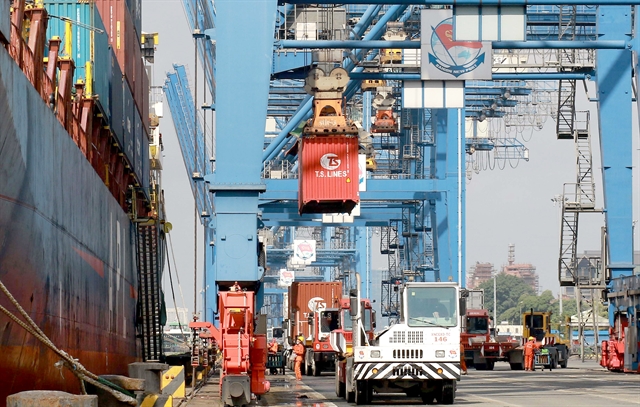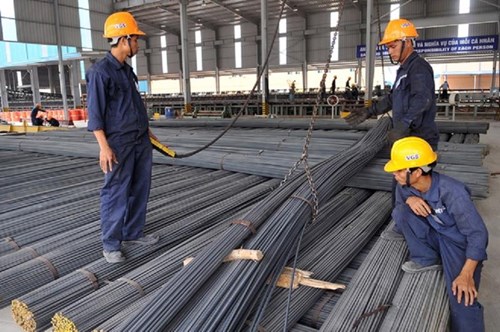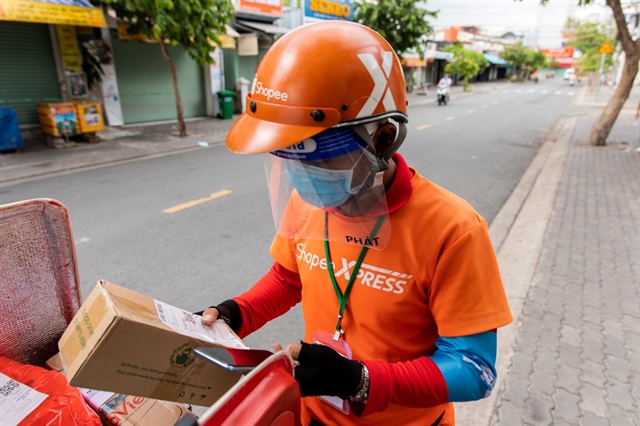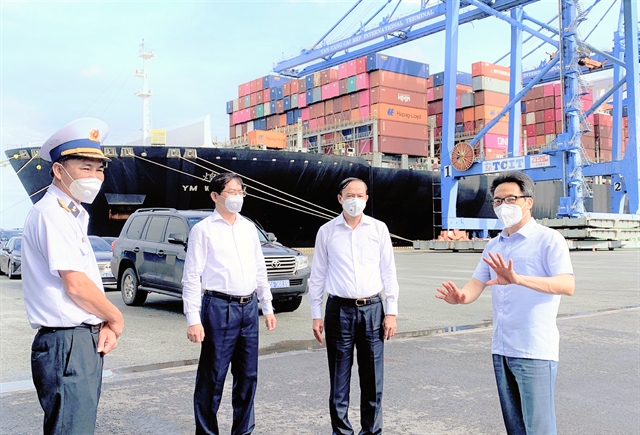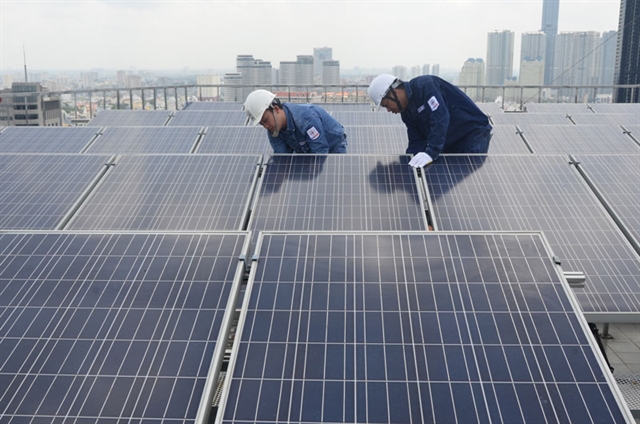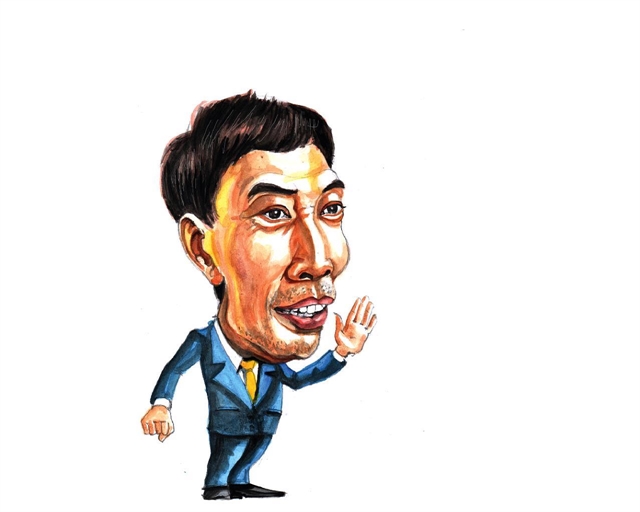
Võ Trí Thành*
Amid the devastating impacts of the COVID-19 pandemic on the whole economy and calls for support from enterprises, the State Bank of Việt Nam (SBV) has drafted new regulations which are supposed to help ease their financial burdens.
Specifically, the central bank proposed a new timeline for loan forbearance and extension of the scope of loans eligible for debt rescheduling.
Currently, under Circular 03/2021 which came into effect on May 17 this year, payments of principal and/or interest of loans allocated before June 10, 2020 will be rescheduled; and the repayment obligation must be fulfilled before December 31, 2021.
In the draft revision, debts arising before August 1, 2021 will have maturities rescheduled and grace periods for repayment of existing loans extended to June 30, 2022.
As the central bank is collecting comments on the draft amendments to the circular, some hail the move as timely support for distressed enterprises, which under the existing regulations will have less than three months to pay back their debts.
However, some insiders reckon that the amendments will not meet expectations of commercial banks and enterprises.
Amid complicated developments of the COVID-19 pandemic and the strict lockdown measures imposed in many places, it is likely that the central bank will have to revise the policy many more times.
The critics said even in the positive scenario that the pandemic is under control by the end of the year and enterprises can return to normal operation, a further six-month forbearance is not enough for enterprises to fully recover.
In my opinion, the above amendments could be acceptable at this moment when enterprises are desperately looking for a way out of insolvency. This is a prudent step of the SBV as it is put into a touch-and-go situation. In the long run, commercial banks might be exposed to risks of more bad debts if there is no strict controlling measures put in place.
Real picture of bad debt clouded
In Vietnamese financial history, the country has experienced two bad debt crises. The first was by the end of 1990s and in the early 2000s.
The negative impacts of the Asian financial crisis coupled with the expansion of State-owned enterprises activities beyond their core business led to serious non-performing loans (NPL) of the country’s banking system.
In 2012-13, there was another bad debt crisis fueled by a real estate bubble. The housing bubble burst, causing the build-up of bad debts which left negative consequences for the whole banking system until now.
NPL is not only a problem of a particular bank. It has been a threat to the whole banking system’s stability, especially when Việt Nam has been struggling to address drastically existing consequences of years of inefficient lending in the past.
Now, as reported by the central bank, the ratio of bad debt to total outstanding loans in the balance sheet increased from 1.69 per cent in the end of 2020 to 1.78 per cent in the end of April 2021.
According to financial reports in the year’s second quarter of some State-owned commercial banks such as Vietinbank, Vietcombank and Agribank, bad debts rose strongly by 52 per cent, 31 per cent and 13.5 per cent, respectively. Other private commercial banks also recorded six-month hikes in NPLs at two digit rates, according to Vietnam News Agency.
The central bank also reported as of June 14 this year, credit institutions have offered loan moratoria to more than 241,000 customers with outstanding loans of VNĐ326.3 trillion.
Under the influence of the COVID-19 pandemic, the NPLs have obviously been increasing but the extent of NPLs is currently understated. The real picture of bad debt is clouded by banks’ profit figures amounting to trillions of đồng and the unchanged regulations of classification of loans as non-performing.
In absolute terms, profits of many banks are really high, but in relative terms, their ROE (Return on Equity) and ROA (Return on Assets) are small compared to other industries, especially companies listed on the stock market. The profit might be lower if banks have to raise provisions for loan forbearance.
In the World Bank’s latest report themed “Digital Việt Nam: the Path to Tomorrow” released in late August, the organisation also warned of “the risk of non-payment of these loans might be transferred from the real to the financial sector, which could become more vulnerable over time.”
This is the upshot of purposely lending without ensuring transparency about the economic rationale for granting such loans, their size and allocation.
Though recognising the Government’s efforts to maintain the financial stability as of the end of June 2021, WB has also seen signs of deterioration of loan quality in some banks.
This could be attributed to the fact that low-income households and small- and medium-sized enterprises, severely affected by the COVID-19 pandemic, will have fewer and fewer assets to buffer them against insolvency.
The WB report shows the overall bank capital adequacy ratio declined from 11.95 per cent at the end of 2019 to 11.13 per cent in December 2020, and 11.1 per cent as of the end of June 2021.
“These overall figures may mask the vulnerability of some individual commercial banks, including those that are undercapitalised, as reflected by their inability to meet the Basel II requirements.”
Carmen Reinhart, vice president and chief economist of the World Bank Group, at the very beginning of the year wrote a blog, warning of a quiet financial crisis post-pandemic.
She said: “Firms’ high leverage on the eve of the pandemic will amplify the financial sector’s balance-sheet problems…Balance-sheet damage takes time to repair.”
Well-prepared to deal with bad debt
Clearly, as long as the pandemic is not under control, businesses will not be able to return to normal production activities, so it is necessary for the central bank to extend its support policies.
However, in the muddling-through stage when the real picture of the banking system is still obscure, the SBV must be vigilant about the rising risks associated with non-performing loans.
The central bank must wisely use the monetary tool to ensure the benefits of three stakeholders: enterprises, the banking system and depositors.
WB experts suggest in their report that a resolution plan for non-performing loans be adopted, and a mechanism for dealing with weak and troubled banks be well-defined, while commercial banks be continuously forced to arrange capital to meet Basel II requirements.
In the long run, enterprises not only need to avoid falling into insolvency but catch up with the world economic recovery. Therefore, besides bailout packages and appropriately relaxed monetary policy, the Government must provide more support in terms of digital transformation and labour training.
Without taking prudent actions, misleading policies might end up with preventing the economy from making a fast recovery. — VNS
*Võ Trí Thành is a former vice-president of the Central Institute for Economic Management (CIEM) and a member of the National Financial and Monetary Policy Advisory Council. The holder of a doctorate in economics from the Australian National University, Thanh mainly undertakes research and provides consultation on issues related to macroeconomic policies, trade liberalisation and international economic integration. Other areas of interest include institutional reforms and financial systems.


